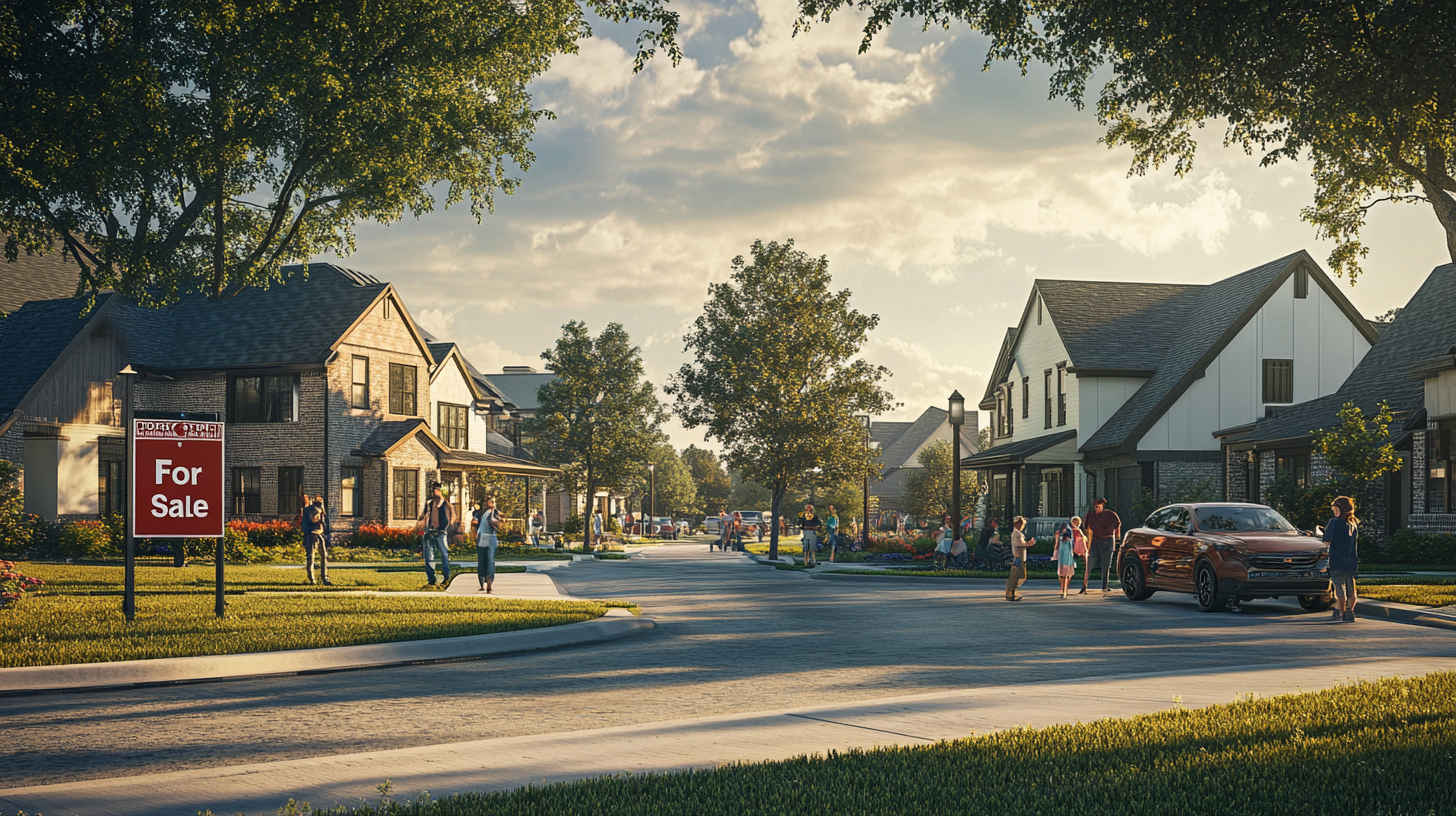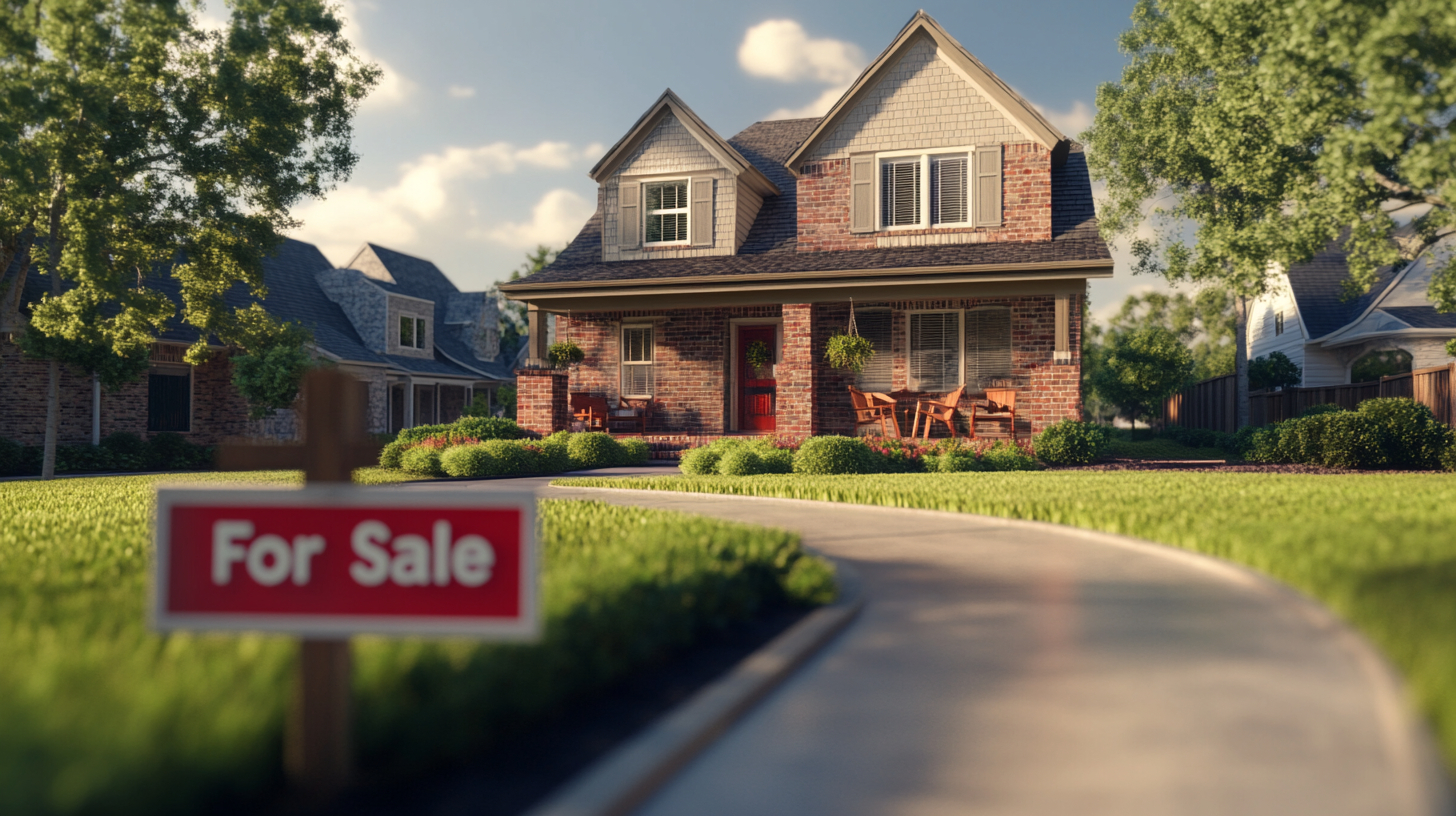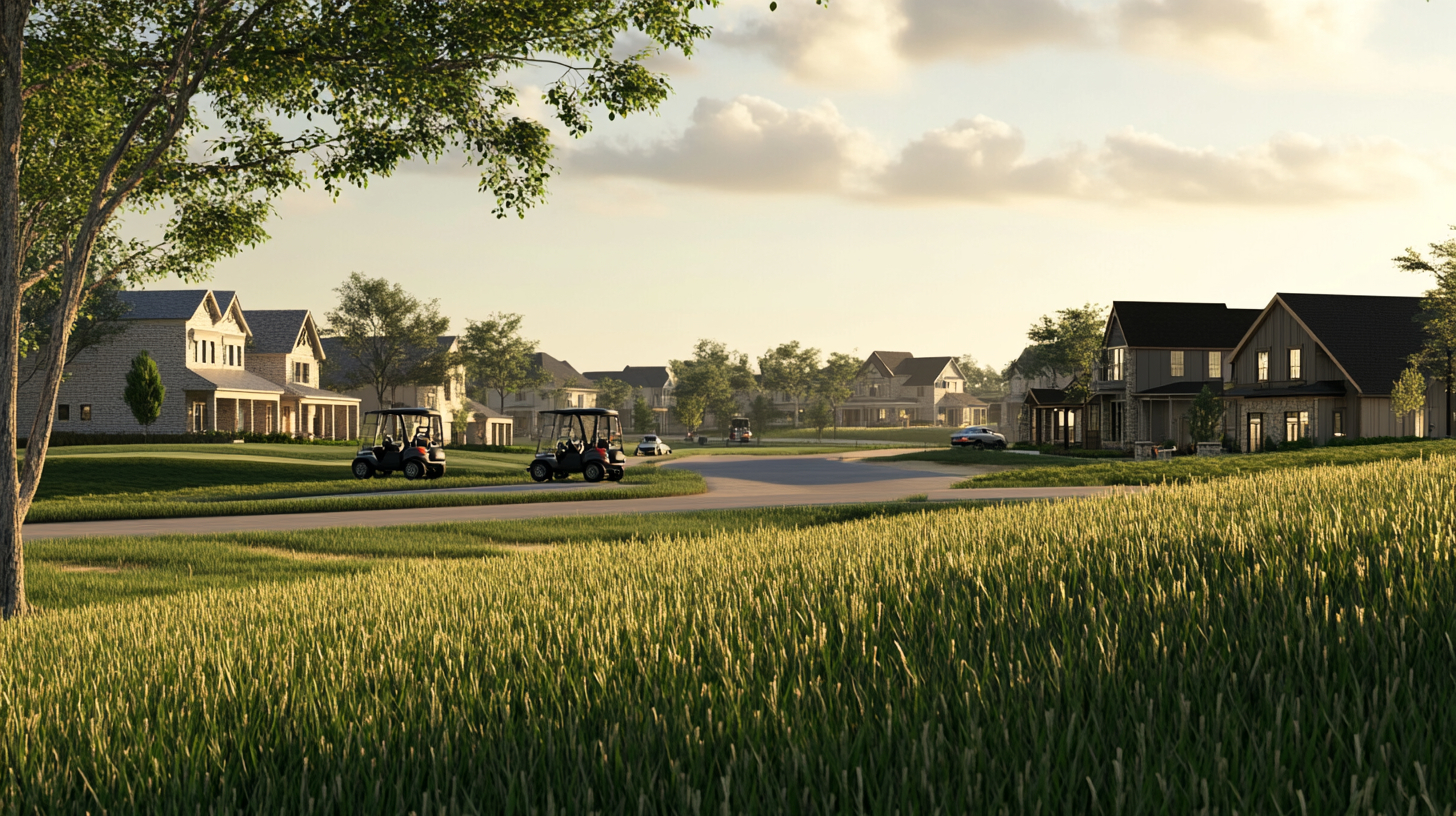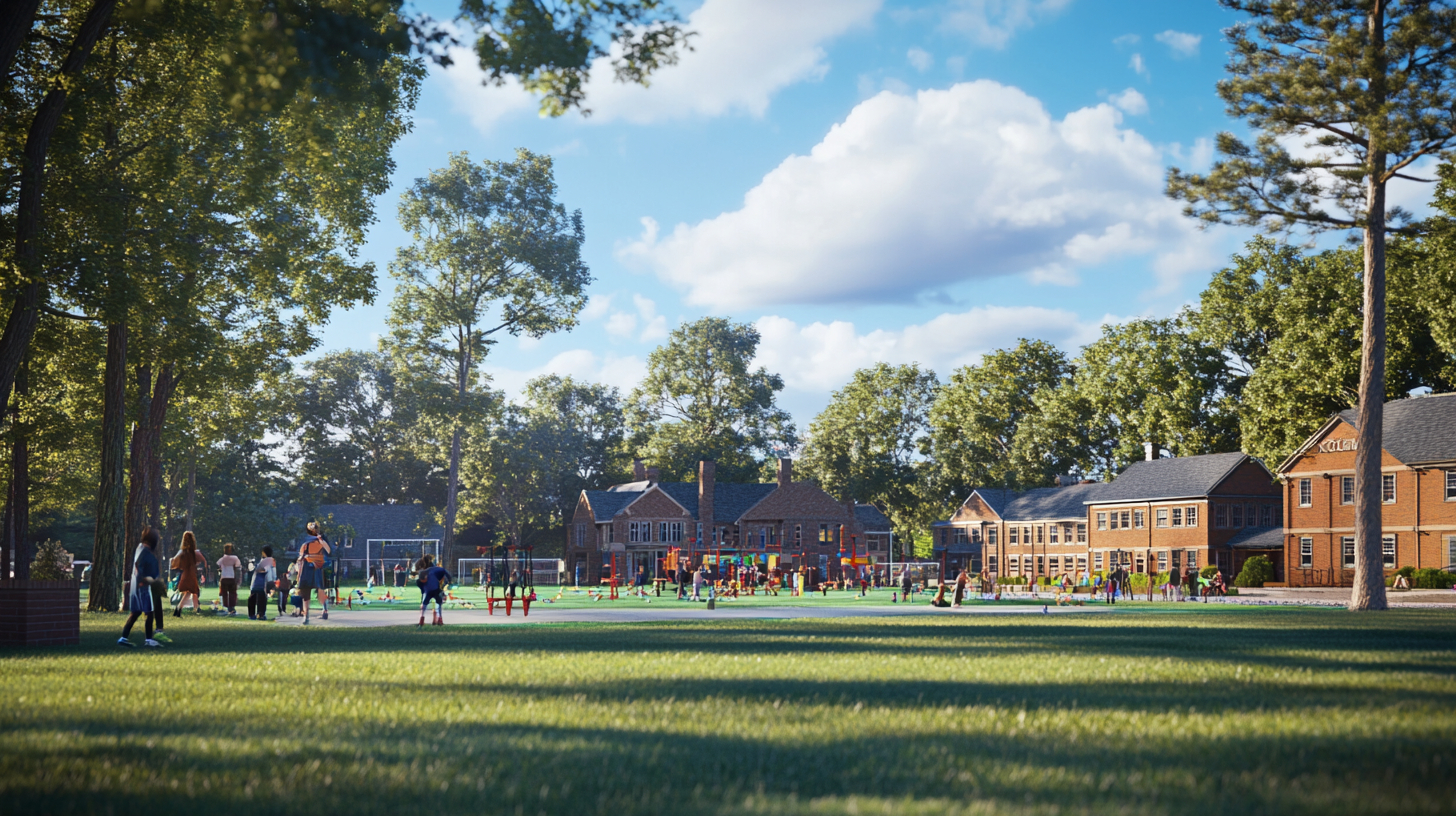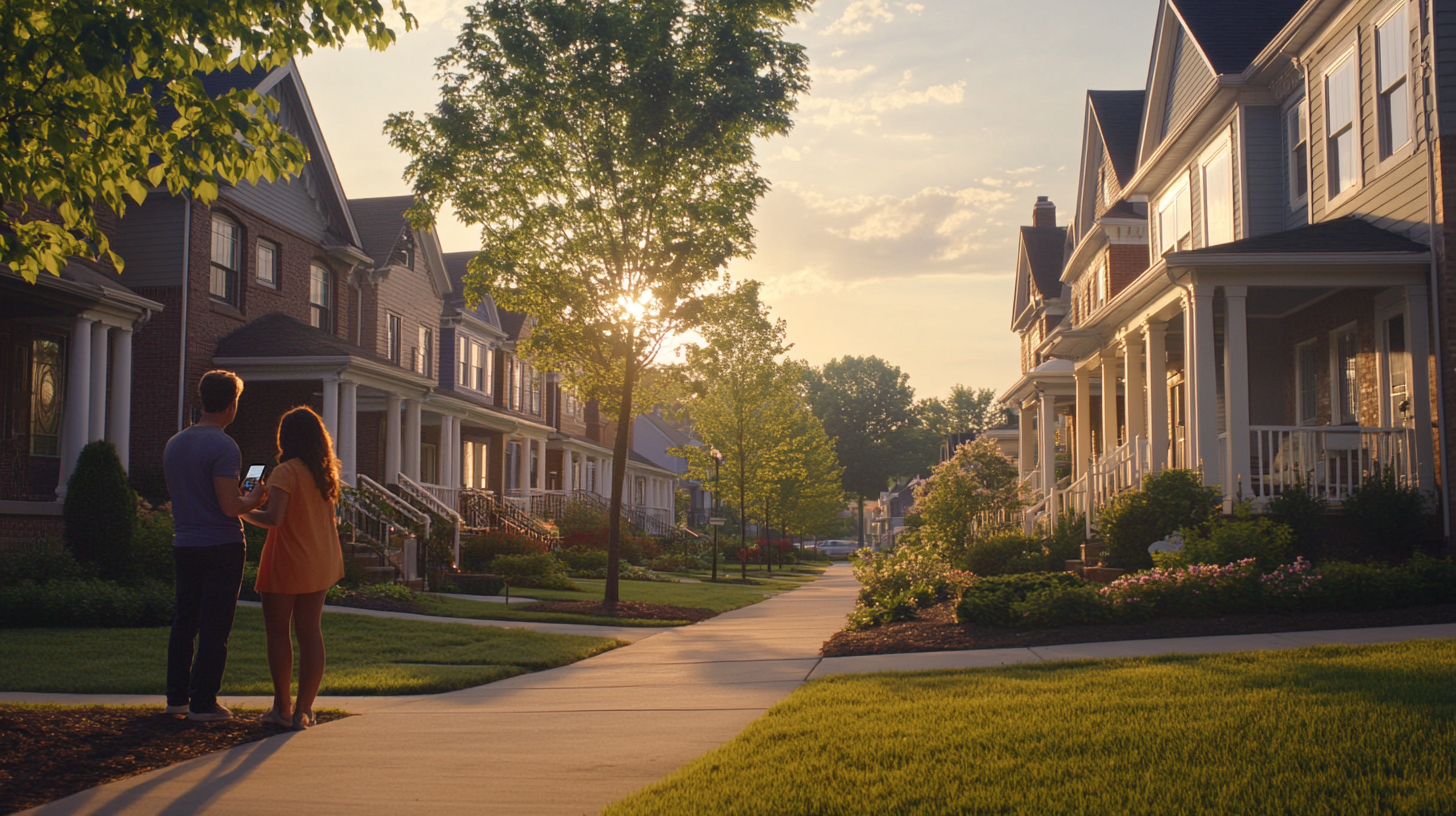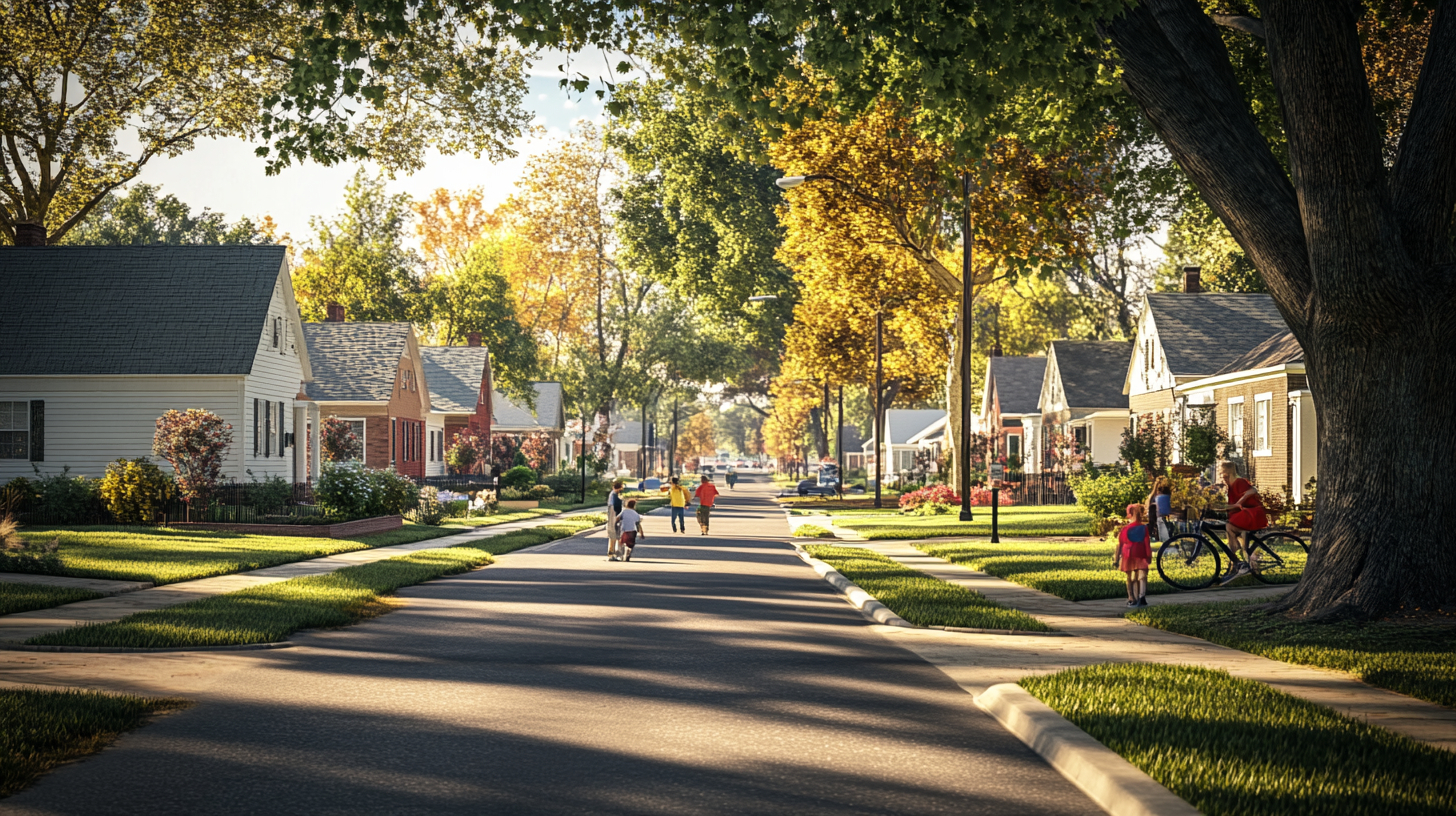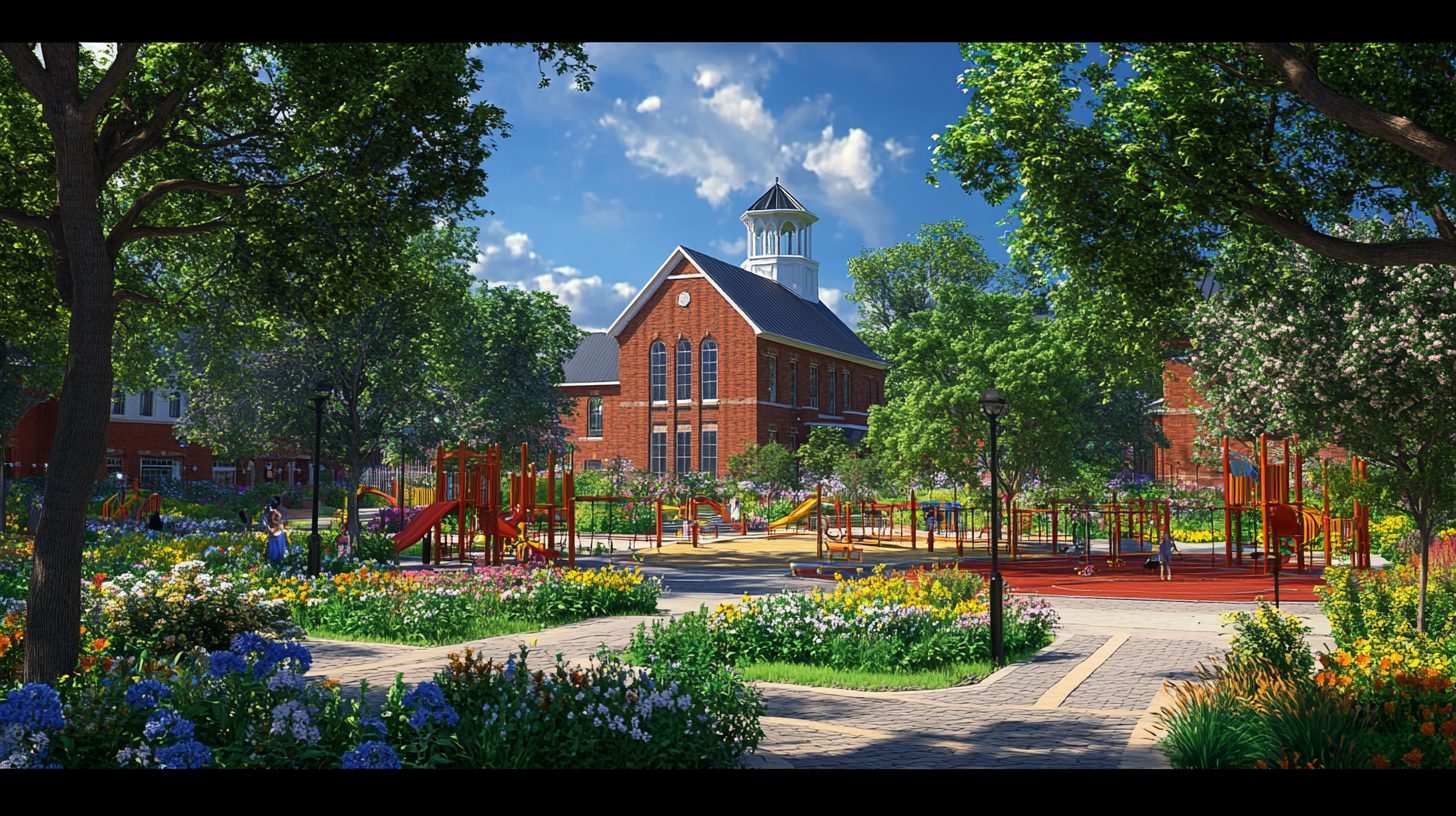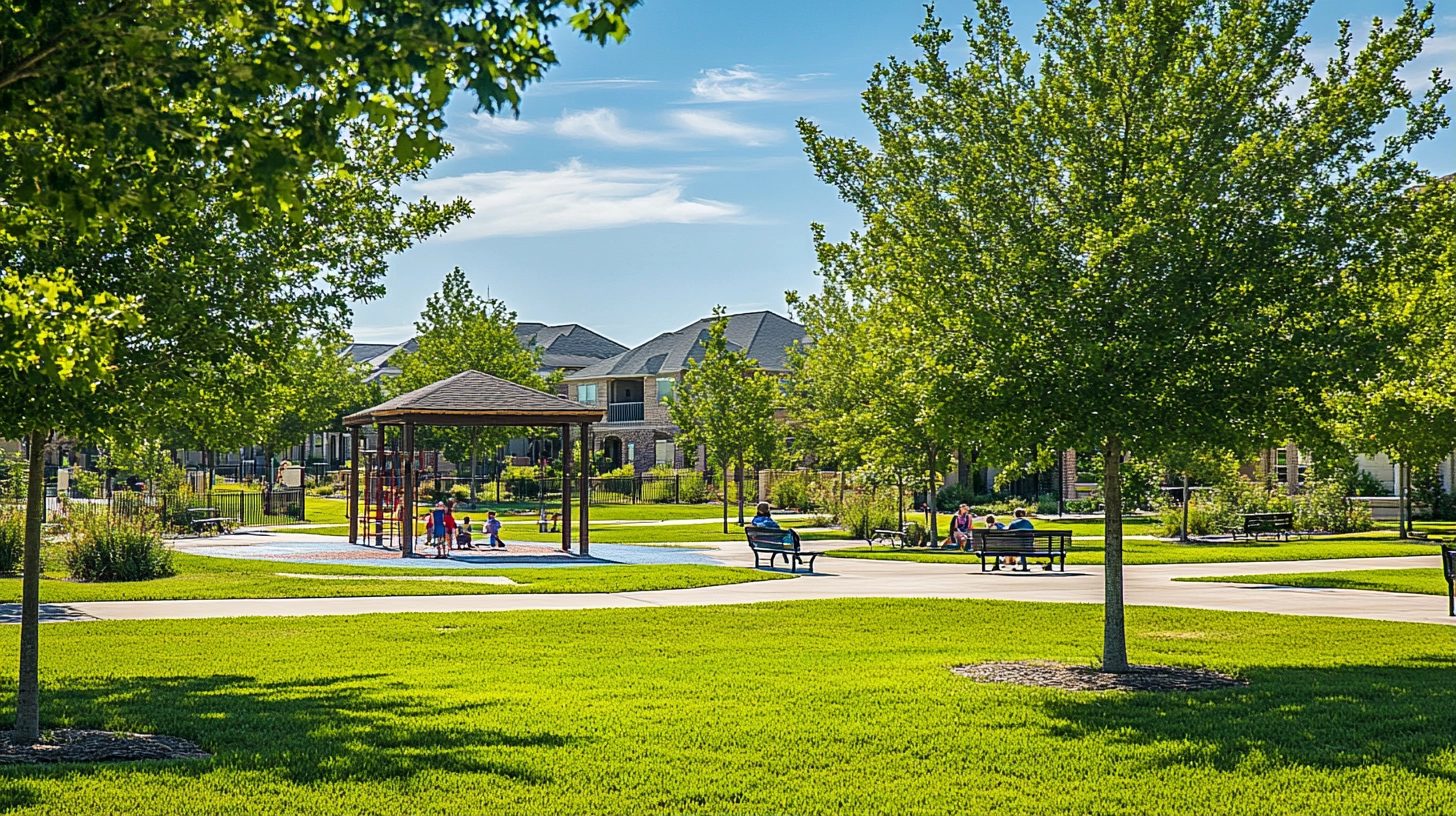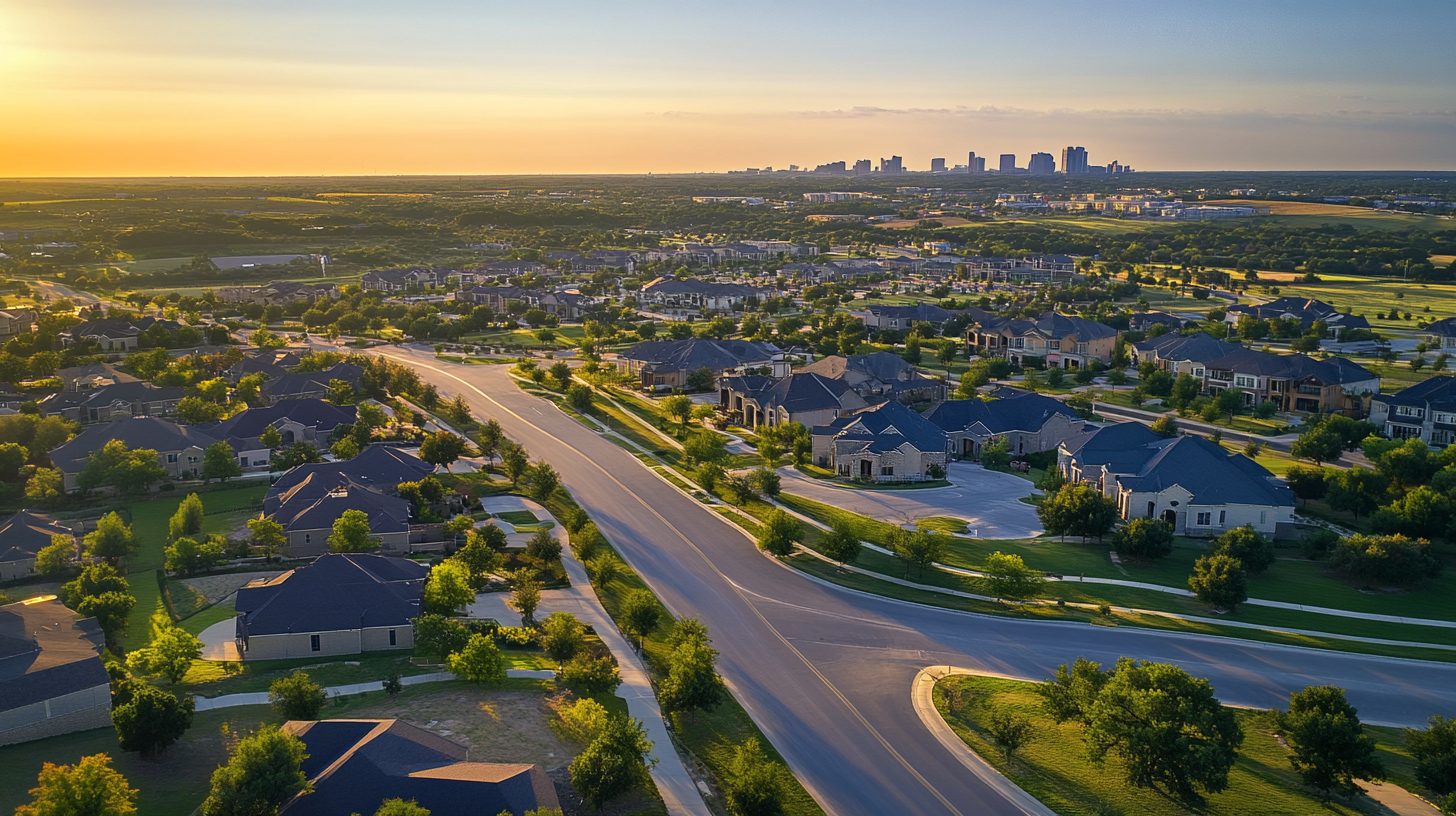First, a Gut Check on McKinney Itself
McKinney sits thirty miles north of downtown Dallas and for years it has acted like the kid on a growth spurt, outgrowing last season’s clothes before anyone can keep up. New schools rise, tech firms sneak into business parks, Friday‐night football still rules the calendar. Population sits north of 210,000 and counting. Translation: people keep coming, inventory keeps tightening, prices keep climbing, though not in a straight line. Keep that vibe in the back of your mind as we tackle the big question.
The Rule of Thumb Everyone Quotes
You have probably heard the line: “Stay at least five years before you sell.” Good line, yet life usually refuses to fit inside one tidy sentence. Let’s pull it apart.
- Closing costs pile up both coming and going.
Real estate commission, title fees, escrow, survey, those little courier charges that make you wonder who still sends paper documents. Most owners in Texas shell out between 6% and 8% of sale price when they exit. Sell too soon and that chunk swallows your first few years of appreciation. - Capital gains tax rules play referee.
Live in the home two of the past five years and, in most cases, you can exclude up to $250k in gains if single, $500k if married. Flip in under two years and any profit is suddenly “short-term,” which the IRS treats just like income. Ouch. - Mortgage amortization is back-loaded on interest.
Early payments mostly feed the bank, not your equity. Stick around three to five years and the balance starts to drop at a noticeable pace, so your payoff number looks less scary when that first offer arrives. - Appreciation averages beat savings-account returns.
Nationally, homes climb 3% to 4% a year, some years faster, some years slower. In healthy Texas suburbs, even a “meh” year can see 5% if demand outpaces new builds. Ride that for a bit and you outrun inflation, plus most of your selling fees. - Life refuses to read blog posts.
Babies, relocations, job layoffs, health emergencies, marriage dissolutions, booming new careers. The spreadsheet never fully predicts any of those.
So the generic playbook says two years minimum to dodge the IRS penalty, five years to let equity fatten up, seven years if you want the full steak dinner. Yet generic playbooks don’t mention McKinney traffic on 380, or the new semiconductor plant up the tollway, or the way an elementary school rezoning can rocket one subdivision from “fine” to “hot.”
What the Numbers in McKinney Whisper
Now, dial the lens tighter. How long should you own a home before selling McKinney real estate specifically?
Median sale price: $525,000 as of last quarter, up roughly 41% compared with early 2020. That jump did not move in a straight line. Rates spiked, buyers paused, sellers adjusted, but the broader arc still bends upward.
Average annual appreciation since 2010: just above 6%. Add compounding and a $300k home in 2010 sits near $546k today. Nice.
Months of inventory: 2.1. Anything under 4 is a seller’s market. Translation: homes move fast when priced right. If supply doubles to 4 months, you still have leverage, just less.
Days on market: 32, trending slightly longer since rates topped 7%. Still nothing like the 90-day slogs of 2008-2010.
Property tax reality: Collin County rates hover around 2.1% of assessed value. If you ride a home for several years, your tax bill climbs right alongside appreciation. No free lunch there.
School rezonings: Highly rated ISDs keep demand sticky. McKinney ISD boundaries matter. So do pockets feeding Allen, Prosper and Frisco. Parents pay a premium to stay in certain attendance zones. Sell before the next bond project wraps and you could leave money on the table.
Builder activity: New communities stretch north toward Melissa and east toward Princeton. More rooftops mean more future comps that cap resale prices in older neighborhoods. The sweet spot to list may be just before a new phase opens down the street.
Investor share: Roughly 18% of single-family purchases in McKinney last year involved an investor. Many are chasing rent growth above 6% a year. When that group pulls back, owner-occupants often gain negotiation power.
Stack those data points and one theme emerges: McKinney rewards owners who stay put three to five years, sometimes less if they bought before a big infrastructure project and sell once it finishes. Hold longer than seven and you may still win, but your annual return can flatten once property taxes plus maintenance start eating the spread.
Your Life, Your Timeline
Let’s move away from charts. Here are the real-world triggers that push locals to stick or sell.
- You snagged a 2.8% interest rate in 2021.
Your mortgage payment looks like a time capsule of cheap money. If you trade up now, you might replace it with 6.5%. That alone keeps many owners planted until rates drift down or their income covers the difference with ease. - Your job hops between Plano, Dallas and work-from-home.
Commute patterns shift. Some residents decide to move closer to child-care help or hunting land or the office campus on Legacy West. When time in traffic hits two hours a day, emotional equity drops fast. - Kids reach middle school.
Elementary ratings brought you here, middle school ratings sometimes nudge you elsewhere. If a new campus option two miles north earns a higher grade, listing sooner could lock that slot before boundaries freeze. - Maintenance fatigue.
Roof hits year eighteen. HVAC wheezes. That sprinkler valve leaks every August. You stare at a $30k punch list versus a tidy seller credit. Some owners exit at year nine or ten to dodge the next wave of capital improvements. - Equity milestone.
Paydown plus appreciation finally breaks 20% true equity. At that point you can roll the proceeds into a bigger down payment on the forever home. Waiting an extra year may not move the needle if you already crossed that threshold. - Life-changing cash goals.
Launch a business, clear student loans, fund college. If equity equals opportunity, sometimes the timing becomes “as soon as a buyer writes an acceptable offer.”
Bottom line: the answer to how long should you own a home before selling McKinney property almost always lands between the two-year IRS threshold and the five-year sweet spot, unless a personal life event overrides everything. McKinney appreciation typically covers transaction costs by year three. Year four and five add profit. Year six plus welcomes the next roof replacement and the HOA wants a fence stain upgrade. Your call.
So Where Does That Leave You
Lean back for a second. Tally your numbers. Equity, rate, repairs coming due, taxes next spring. Check the MLS for what your model just fetched down the block. If the gain looks thin, wait six more mortgage payments. If the gain looks chunky and your next chapter calls your name, list now and do it without apology.
No one can script the perfect sell date. Yet the McKinney track record says homeowners who stay at least three years seldom regret it, and those who push past seven usually exchange some upside for the privilege of new gutters. Decide which trade-off feels lighter on your shoulders. Then move.



